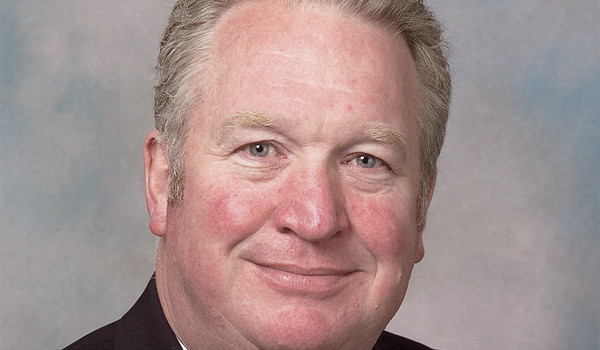Home Office and English national parks agree emergency services accord
The Home Office and National Parks England have reached agreement over the need to install the necessary infrastructure in the parks to ensure mobile communications coverage for blue-light services.
The Home Office and National Parks England have reached agreement over the need to install the necessary infrastructure in the parks to ensure mobile communications coverage for blue-light services.
The new Joint Accord supports the rollout of the Emergency Services Mobile Communications Programme (ESMCP), with both parties recognising that a resilient, cost-effective, emergency services mobile communications system, providing a secure and reliable service to users, is an essential component of critical national infrastructure.
The accord says the installation of the infrastructure must respect the environment, in particular within the national parks with their enhanced environmental sensitivities.
Mike Penning, Minister for Policing, Fire and Criminal Justice and Victims, said: I am pleased to have signed this Joint Accord with National Parks England, which will help deliver the emergency services new communications network.
This new critical national infrastructure will be sympathetic to the character of national parks in England. It will enable the three emergency services to operate enhanced services inside national parks using modern 4G voice and fast data service communications.
The accord says the benefits of modern communications technology are likely to be greater in national parks than other rural locations because of their high volume of tourists approximately 90 million visitors a year in England in addition to the needs of their resident population.
With English national parks covering almost ten per cent of the country, both parties say the new agreement is an important step forward in making sure our rural communities have responsive emergency services.
As well as supporting the rollout of the ESMCP in national parks so that users, visitors and residents can benefit from enhanced responsiveness by the blue-light services, the accord will support close working between the Home Office and its contractors and National Park authorities to protect the special qualities of the national parks by minimising any adverse environmental impacts.
The Home Office and National Parks England say they will identify key link people for the purposes of constructive early dialogue over operators plans for new site rollout, while the Home Office and its delivery partners will engage with the park authority at an early stage if there is a major phase of new site rollout in the area.
They will also undertake pre-application discussion with the park authority, in line with the Code of Best Practice on Mobile Network Development, and provide appropriate technical information to assist national park authorities identify potential new sites and to demonstrate that an acceptable environmental and network coverage location has been located.
Jim Bailey, chair of National Parks England and the North York Moors National Park Authority, said: National Parks have always been about finding pragmatic long-term solutions to the many competing demands on land. Ensuring modern telecommunications infrastructure is no different.
The stunning landscapes and towns are the lifeblood for our rural economies, and we are delighted that the Home Office is committed to working with National Parks to protect them. This is a welcome sign that we hope will be replicated by other government departments.
National Parks England is the umbrella organisation that brings together the nine national park authorities and the Broads Authority.
The ESMCP is a cross-departmental initiative led by the Home Office to provide a new communication system for the emergency services and other public safety users.
The new service the Emergency Services Network (ESN) will operate across England, Scotland and Wales and will be used by the police, fire and rescue services, ambulance trusts and other public safety and security organisations.
The programme is expected to enable future levels of government spending on emergency services mobile communications to be reduced by up to £1 million a d





